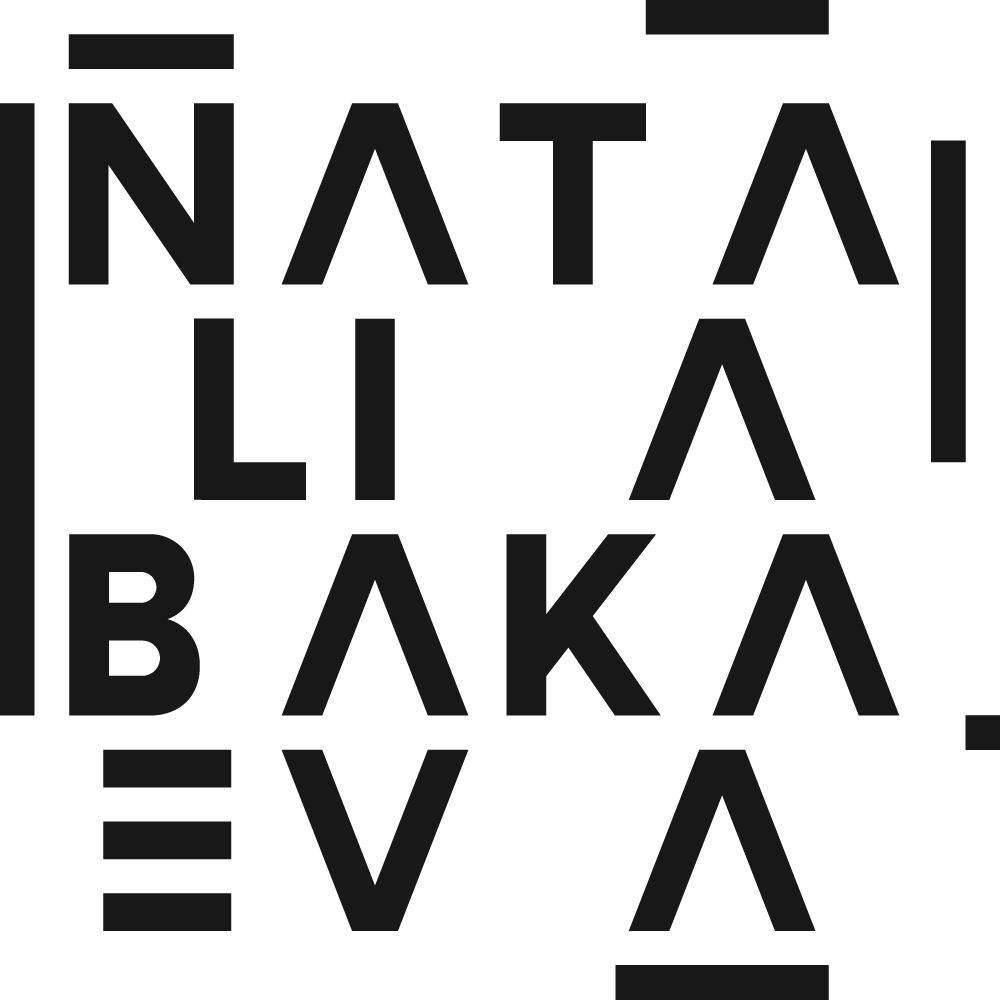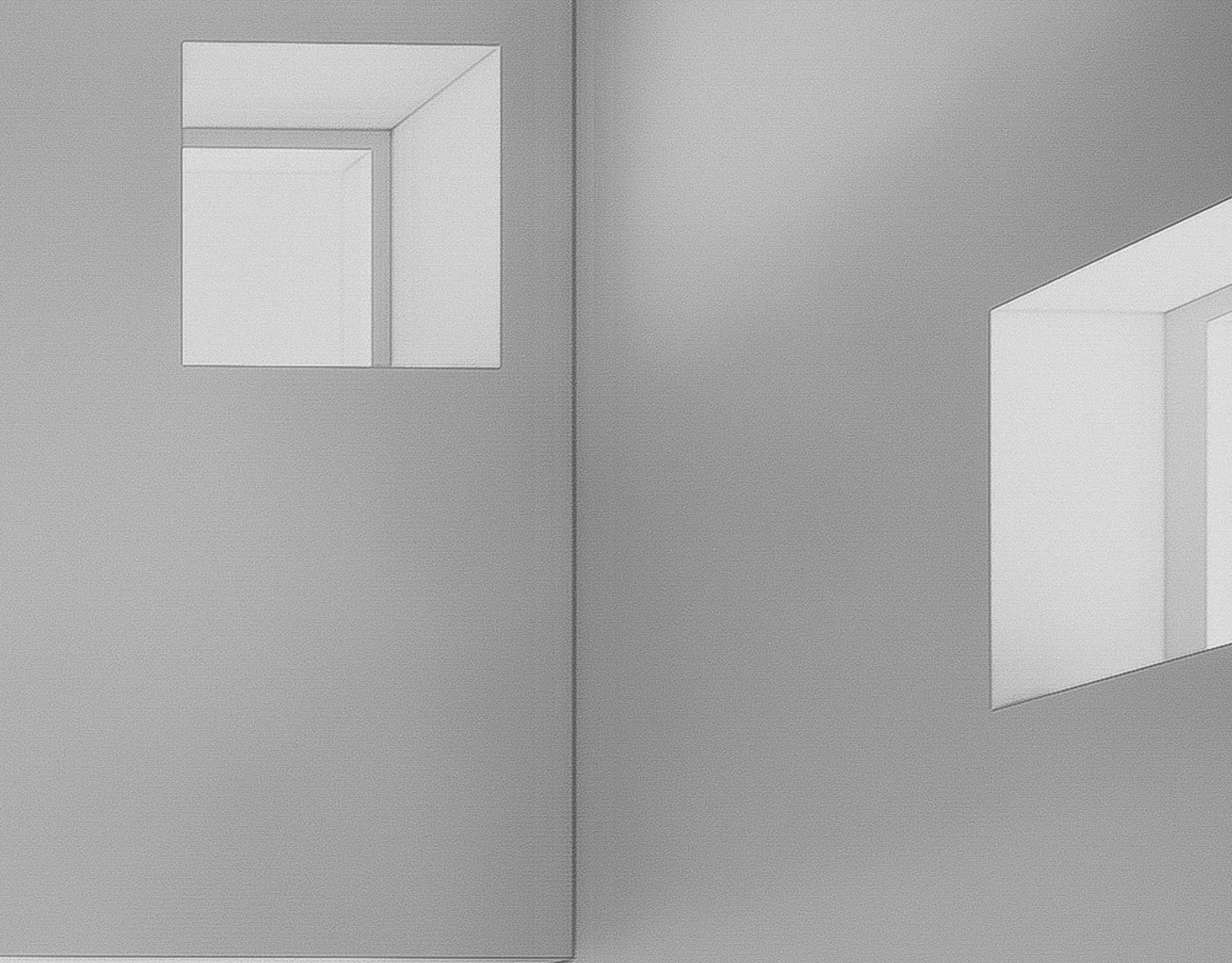INVERTED VALLEYS 2.0
Stage: Completed | Built in 2020 Design: 2019 Area: 600mm x 800mm x 5 pc Budget: $ Category: Art | Architecture Installation This installation, Inverted Valleys 2.0 (2020) is part of a proposed series of canopies that quickly create inviting public spaces while leaving the area beneath untouched and freely usable. Its focus is on the unique geography of Toronto’s ravine systems. Toronto is a ravine city, the geography, and neighbourhoods of the city being defined by this green web of fissures the valleys carve throughout our landscape. Despite that, the ravines do not tend to feature prominently in the self-identity of the city. We can see the effects of this mentality in the way that the city has historically turned its back on the majority of our ravine system, despite it essentially being a ready-made park and cycling network, and one of the reasons Toronto has one of the most extensive urban tree canopies of any city. Inverted Valleys started out with the hope of changing this perception, in at least some small way. The first iteration of Inverted Valleys was installed at the Evergreen Brick Works in 2016 as part of a proposed series of laneway canopies that create inviting public spaces while leaving the area beneath freely passable and occupiable. In January 2020 the Inverted Valleys concept was revisited for the DesignTO Festival, creating a transparent, all-acrylic version of the installation, including all five sections of the Don River portion of the design: Todmorden Village, Crother’s Woods, The Brick Works, Prince Edward Viaduct, and Riverdale Park. Each section contains a small explanation of the history and geography of the site. Numbers and Materials: using the topographical data from the City of Toronto we were able to map the contours of the Don River Valley in the five selected areas. These maps were projected onto a 20mm x 20mm grid where different contour lines were signified by different acrylic rod heights. While the planar scale is at 1:1500, the scale in the vertical dimension has been exaggerated to 1:200 in order to dramatize the form. Thus, using approximately 10000 rods individually placed, ranging from 2cm to 22cm long, the five sections of the Don Valley came to its realisation. The string of LED lights in the centre of each panel represents the course of the river. This project aims to focus on the unique (but overlooked) geography of Toronto’s ravine systems and will encourage people to be more aware and appreciative of this incredibly valuable natural resource in our city. In collaboration with Mark Francis.










